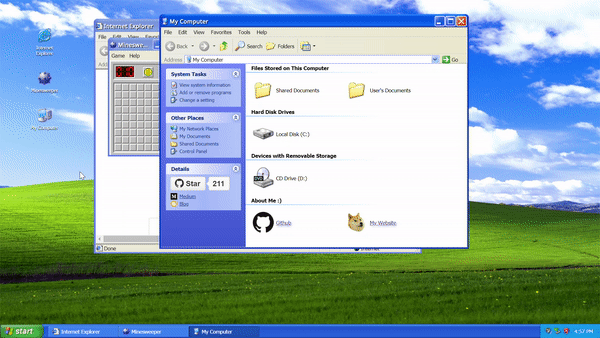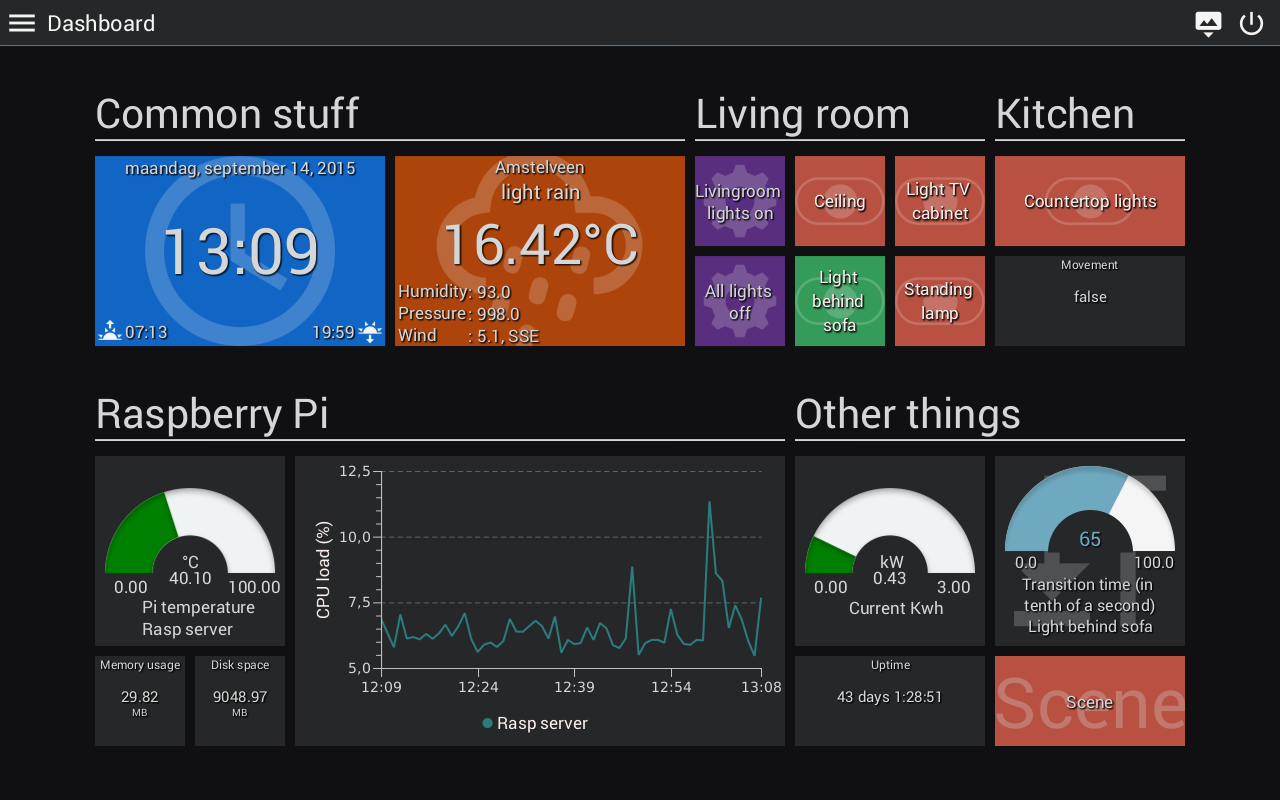

- #Node js windows xp how to
- #Node js windows xp install
- #Node js windows xp code
- #Node js windows xp license
This will start Node and run the code in the hello.js file. To run the code simply open your command line program, navigate to the folder where you save the file and type node hello.js. A simple way to test that node.js works is to create a JavaScript file: name it hello.js, and just add the code console.log('Node is installed!'). This should print NPM’s version number so you’ll see something like this 1.4.28 To see if NPM is installed, type npm -v in Terminal. This should print a version number, so you’ll see something like this v0.10.35. To see if Node is installed, open the Windows Command Prompt, Powershell or a similar command line tool, and type node -v. Make sure you have Node and NPM installed by running simple commands to see what version of each is installed and to run a simple test program: You won’t be able to run Node.js® until you restart your computer.
#Node js windows xp license

msi file you downloaded in the previous step.)
#Node js windows xp how to
To use Node you must type command-line instructions, so you need to be comfortable with (or at least know how to start) a command-line tool like the Windows Command Prompt, PowerShell, Cygwin, or the Git shell (which is installed along with Github for Windows). Node isn’t a program that you simply launch like Word or Photoshop: you won’t find it pinned to the taskbar or in your list of Apps. Fortunately, for Windows users, the Node.js® installation process is a lot easier than how I recommend installing Node.js® on a Mac.

#Node js windows xp install
In a previous article, I wrote about how to install Node.js® and, it’s companion, NPM on a Mac. Using NPM - a tool that makes installing and managing Node modules - it’s quite easy to add many useful tools to your web development toolkit. For example, by installing Node.js® on your desktop machine, you can quickly convert CoffeeScript to JavaScript, SASS to CSS, and shrink the size of your HTML, JavaScript and graphic files. Node.js is also used for developing desktop applications and for deploying tools that make developing web sites simpler.

The key to this server-side JavaScript revolution is Node.js® - a version of Chrome’s V8 JavaScript runtime engine - which makes it possible to run JavaScript on the server-side. In fact, concentrating on JavaScript as your language of choice offers the opportunity to master a single language while still being able to develop “full-stack” web applications. Web developers who work on the server-side are also flocking to JavaScript because of the efficiencies and speed offered by JavaScript’s event-driven, non-blocking nature. Front-end web developers use JavaScript to add user interface enhancements, add interactivity, and talk to back-end web services using AJAX. JavaScript is quickly becoming the go-to language for web developers. Try our program out with a free seven-day trial today. If you’re looking to take your JavaScript coding to another level, Treehouse offers unlimited courses in JavaScript (and many other subjects) starting at $25/month.


 0 kommentar(er)
0 kommentar(er)
